Archives: White paper
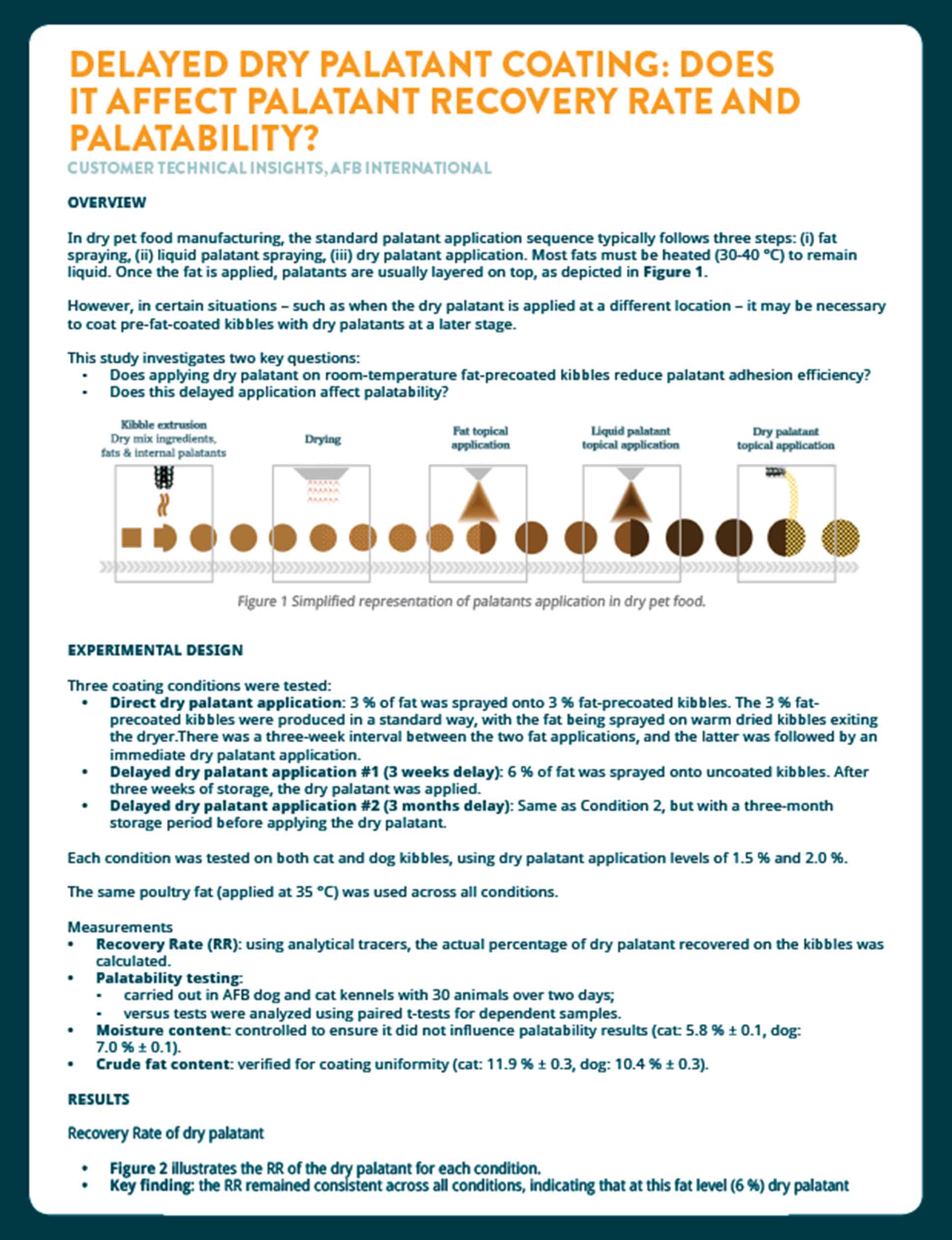
OVERVIEW In dry pet food manufacturing, the standard palatant application sequence typically follows three steps: (i) fat spraying, (ii) liquid palatant spraying, (iii) dry palatant application. Most fats must be heated (30-40 °C) to remain liquid. Once the fat is applied, palatants are usually layered on top, as depicted in…
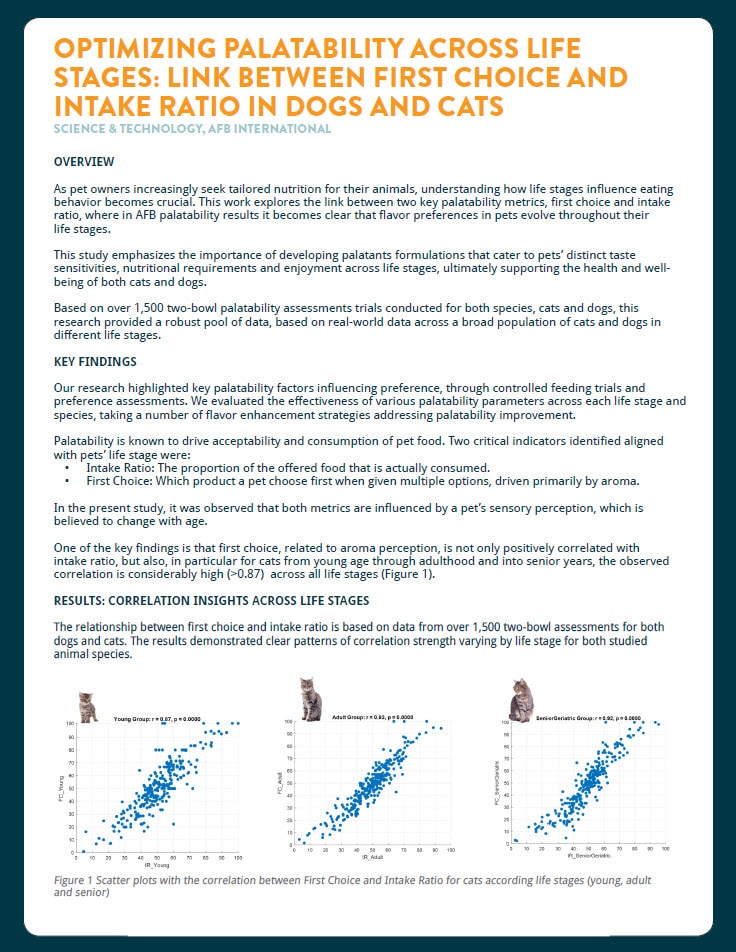
OVERVIEW As pet owners increasingly seek tailored nutrition for their animals, understanding how life stages influence eating behavior becomes crucial. This work explores the link between two key palatability metrics, first choice and intake ratio, where in AFB palatability results it becomes clear that flavor preferences in pets evolve throughout…
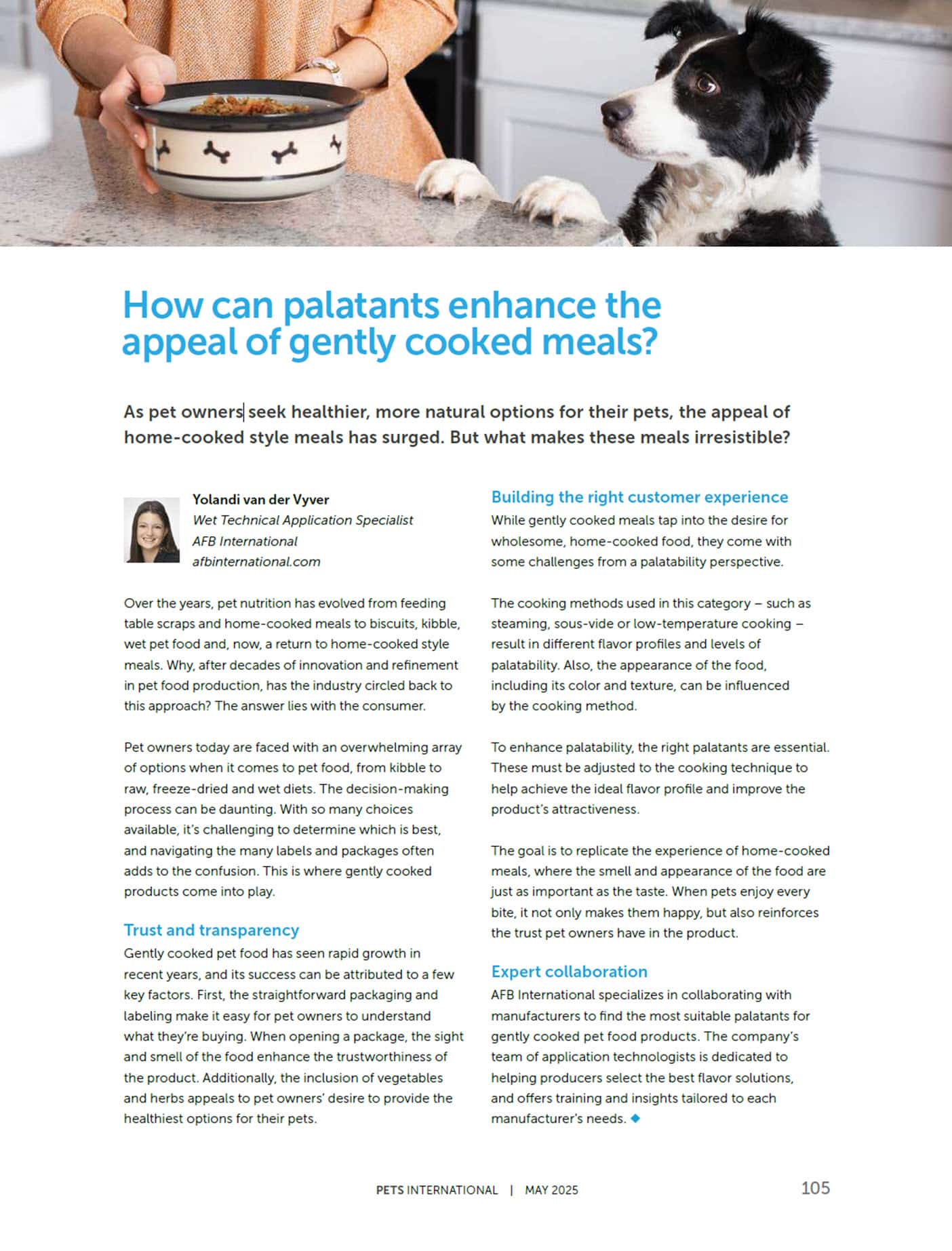
As pet owners seek healthier, more natural options for their pets, the appeal of home-cooked style meals has surged. But what makes these meals irresistible? Over the years, pet nutrition has evolved from feeding table scraps and home-cooked meals to biscuits, kibble, wet pet food and, now, a return to…
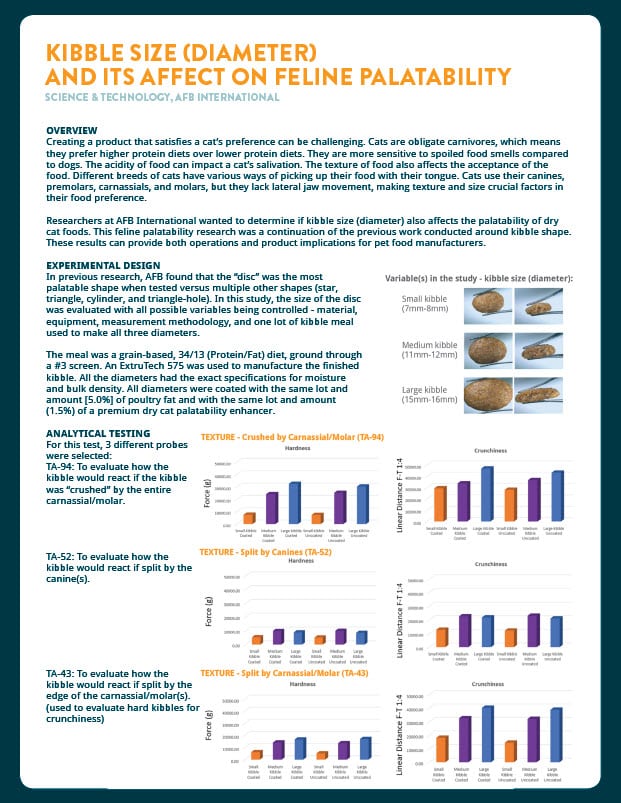
SCIENCE & TECHNOLOGY, AFB INTERNATIONAL OVERVIEW Creating a product that satisfies a cat’s preference can be challenging. Cats are obligate carnivores, which means they prefer higher protein diets over lower protein diets. They are more sensitive to spoiled food smells compared to dogs. The acidity of food can impact a…
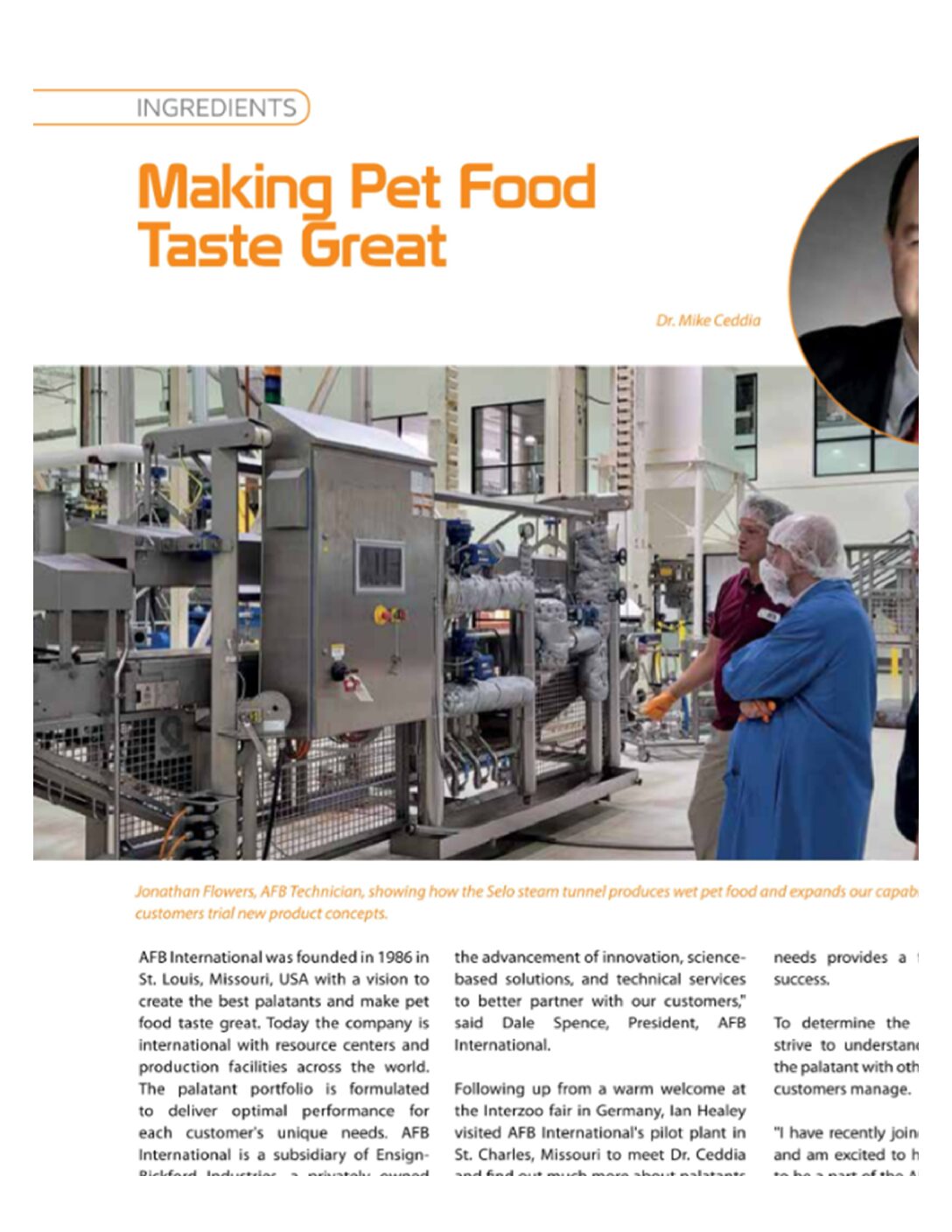
AFB International was founded in 1986 in St. Louis, Missouri, USA, with a vision to create the best palatants and make pet food taste great. Today, the company is international, with resource centers and production facilities across the world. The palatant profile is formulated to deliver optimal performance for each…
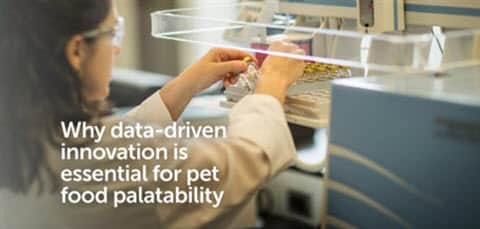
In the quest for perfect pet food, data-driven innovation is revolutionizing palatability by tailoring flavors and textures to the unique tastes of pets, ensuring consistency and quality in every bite. Data-driven innovation is a well-established concept, as companies have been using data management techniques for years. Recently, technologies like artificial…
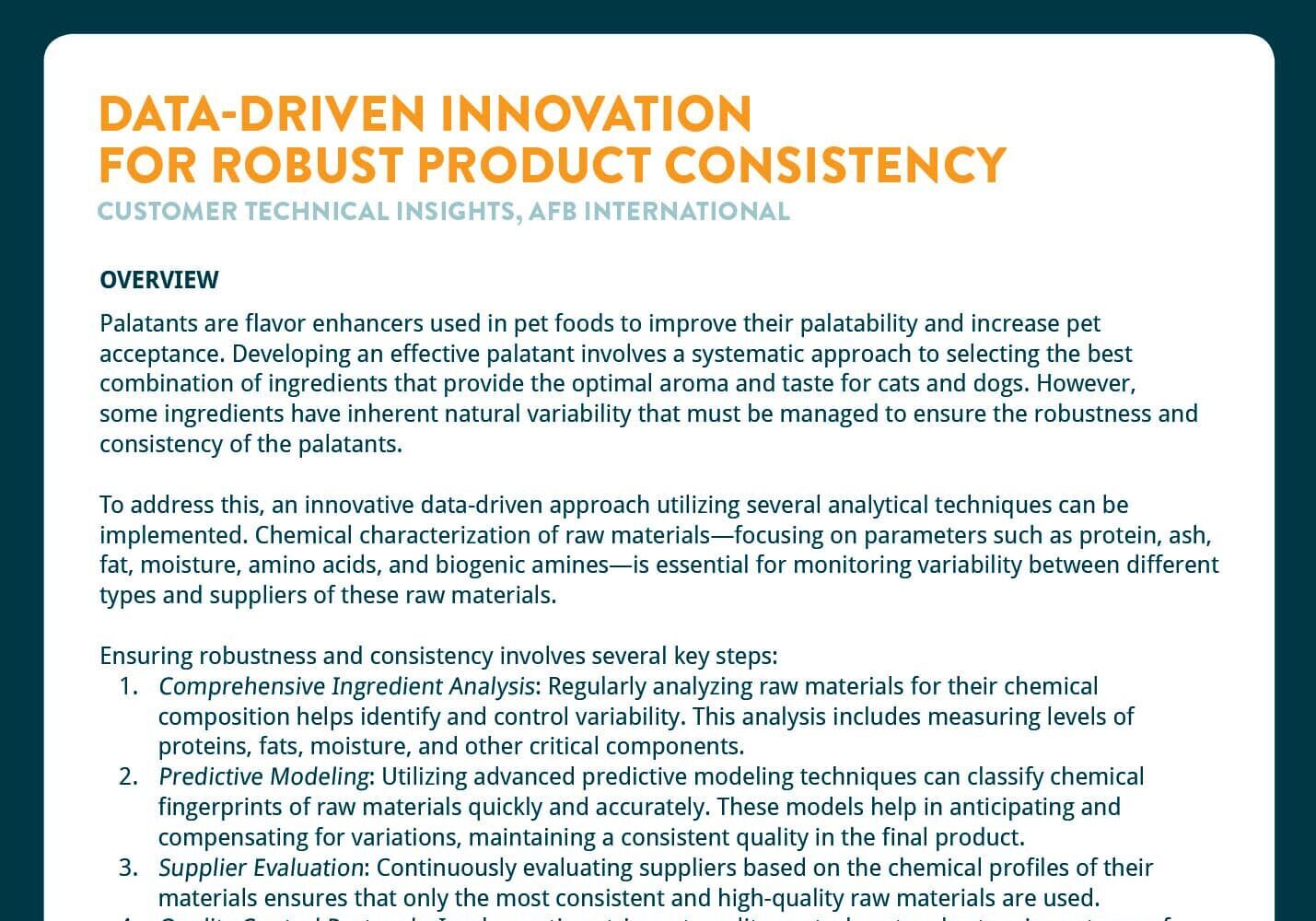
OVERVIEW Palatants are flavor enhancers used in pet foods to improve their palatability and increase pet acceptance. Developing an effective palatant involves a systematic approach to selecting the best combination of ingredients that provide the optimal aroma and taste for cats and dogs. However, some ingredients have inherent natural variability…
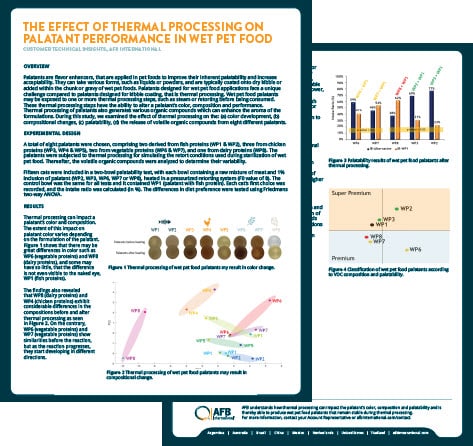
OVERVIEW Palatants are flavor enhancers, that are applied in pet foods to improve their inherent palatability and increase acceptability. They can take various forms, such as liquids or powders, and are typically coated onto dry kibble or added within the chunk or gravy of wet pet foods. Palatants designed for…

PETS International, September 2023 Issue article “Get to know your product!” talks about some of the variables that affects your pet food taste. Get to know your product! With prices rising, pet food producers are looking for ways to optimize their formulas and develop new products that are tasty for…

As consumers are postponing vacations, turning down thermostats, and buying fewer treats – for themselves and their pets – the pet food industry needs to look at ways to stay resilient. Manufacturers who are trying to squeeze value out of their formulations without sacrificing quality, nutrition, or brand integrity may…
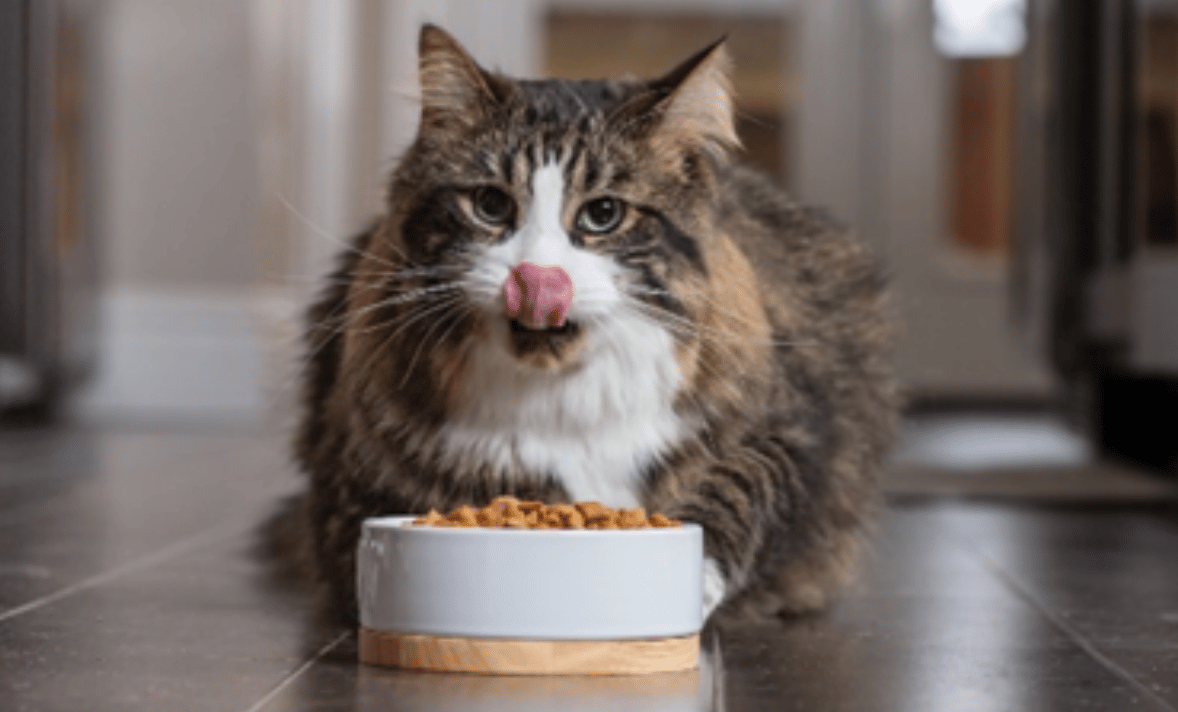
Chris Wildman, Senior Manager, Customer Engagement & Product Development & Palatability with AFB had the privilege of speaking at Petfood Forum in Kansas City, MO, USA this fall. The topic of his presentation was “Cats’ eating enjoyment informs preference of food components.”
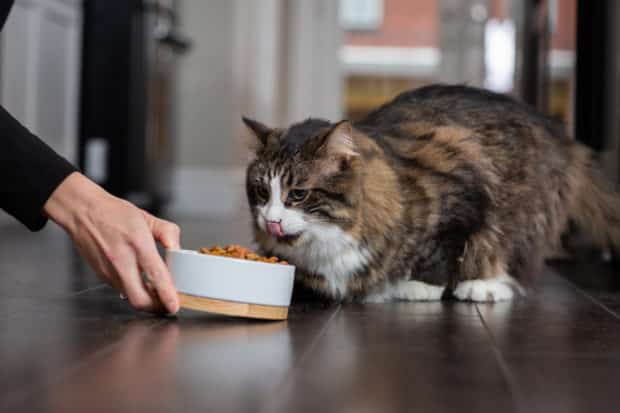
Excess inorganic phosphorus can be harmful to cats. New palatable, low phosphorus feline palatants for your pet food are available. Essential phosphorus Phosphorus is an essential nutrient for cats. It is a key component of skeletal health and is involved in several metabolic processes. This mineral is naturally occurring (organic)…
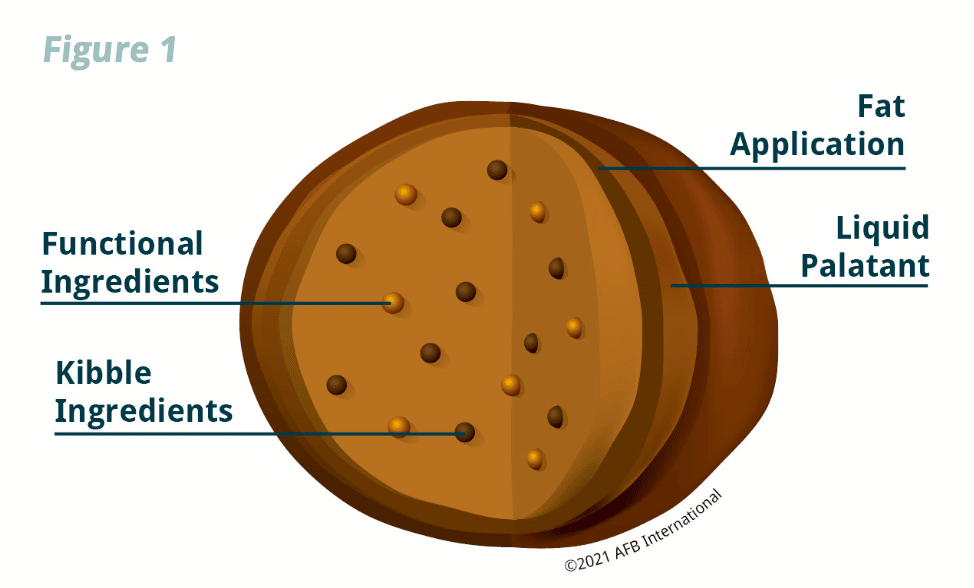
Pet parents want their cats and dogs to enjoy the food they eat. In order to attract and sustain interest, the food must appeal to the pet’s senses of taste and smell. One key to producing high-performing diets that pets want to eat is the application of topical liquid or…
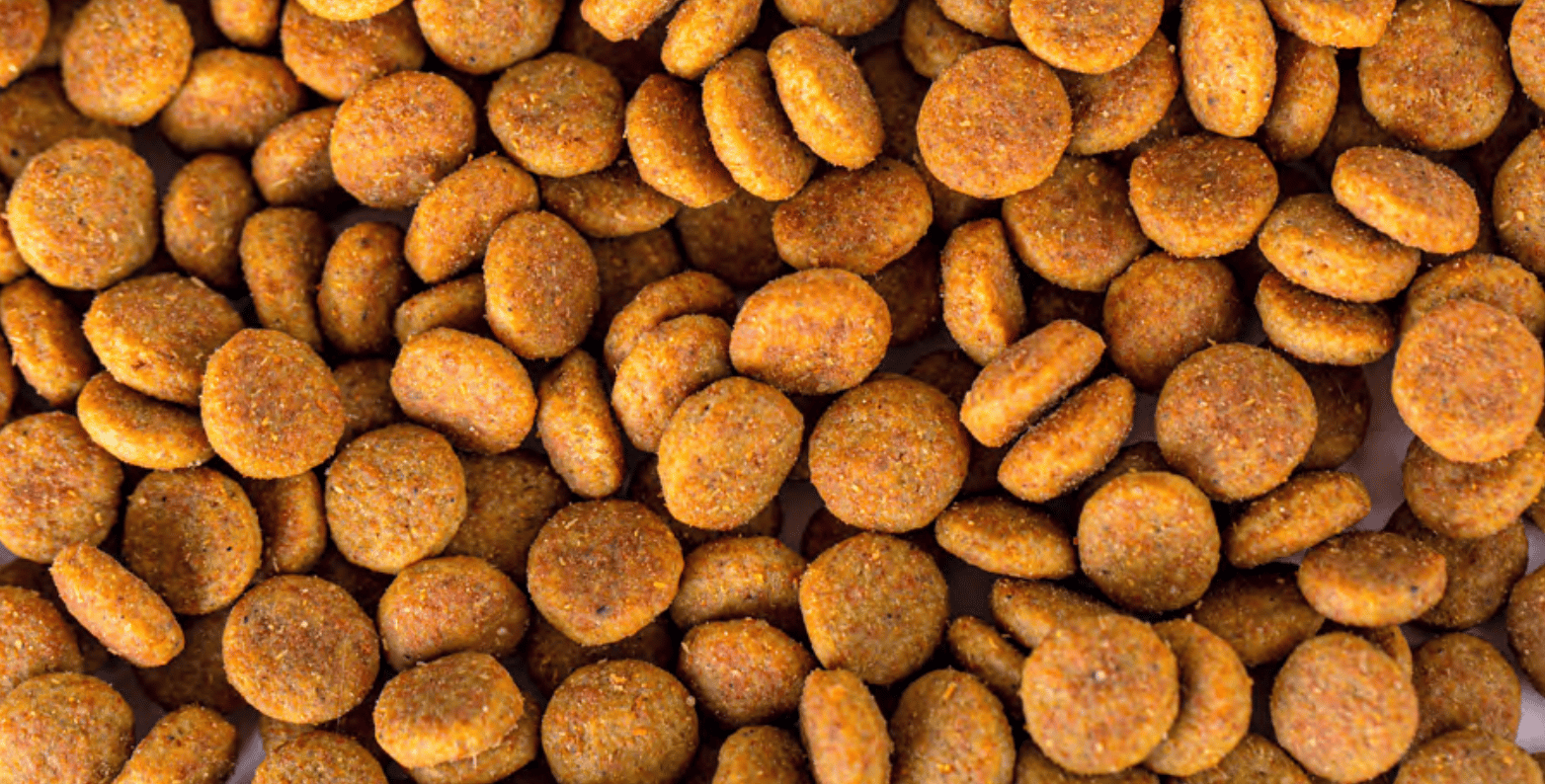
Choosing the best palatant for a customer is a complex process that demands a deep understanding of the customer’s needs. What is best? Send me your best palatant to test.’ This is a request that the R&D Department of AFB Europe gets often, and it is not a simple request…

Pet treats are big business. With sales growth that regularly outpaces the pet food market, this category is expected to continue increasing year-over-year. A high standard of palatability is key to success. Impressive growth According to Euromonitor, dog treat revenue grew 38% worldwide over the past five years, while cat…

OVERVIEW Creating a product that satisfies a cat’s preference can be challenging. As obligate carnivores, cats seek out diets that contain higher amounts of protein, moderate amount of fat, and minimal carbohydrates. Drivers such as aroma, taste and temperature are important in determining if a cat will prefer a particular…